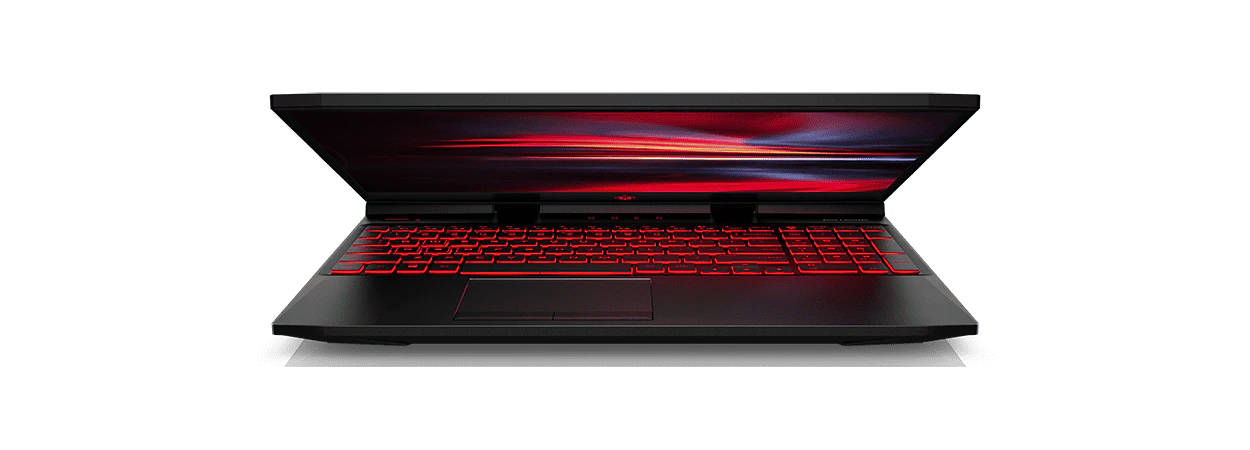Thank you for visiting the HONG KONG HP Store
-
Contact Us
CONTACT USChat with us
- Our specialist are here to help
- Live chat
- Sales
- 85264507529(WhatsApp)
-

- Post Sales
- 85230016720(WhatsApp)
Mon-Fri 8.30am - 5.30pm
(exc. Public Holidays)
Live product demo
Store finder Locate our storesSubmit feedback We value your opinion! - Location
- My Account
Search
IT Tips

-
Posted: April 01, 2024Categories: LaptopsRead more »Choosing the perfect laptop can be tricky, especially for artists and designers who need a machine that can keep up with their creativity. You want something powerful, but also something that sparks your imagination and helps bring ideas to life. At HP, we understand. That’s why we’ve designed the HP ZBook Studio and HP ENVY 16 for designers and creatives.
-
Posted: March 25, 2024Categories: MonitorRead more »OMEN gaming monitors bring every pixel to life. They deliver the game world to your fingertips and make every minute detail contribute to overall breathtaking visuals with vibrant colors and smooth motion. Say goodbye to lag and hello to buttery-smooth actions that keep up with your lightning-fast reflexes. You'll pull off insane headshots and sick combos like a true gaming legend.
-
Posted: March 25, 2024Categories: MiscellaneousRead more »With advancements in camera technology and the convenience of carrying a device with a high-quality camera, smartphone photography has become increasingly popular among amateur and professional photographers alike.
-
Posted: March 22, 2024Categories: PrinterRead more »Choosing the right type of printer can be a daunting task in the home printing world. Inkjet printers have long been a popular choice for those seeking high-quality color prints, while Smart Tank printers are emerging as a cost-effective alternative with their high-capacity ink supply. But which is truly the best home printer?
-
Posted: March 11, 2024Categories: DesktopsRead more »Imagine a home PC that enhances your living space and easily integrates into your lifestyle. The HP ENVY Move brings this vision to life as a portable all-in-one device, blending sleek design with versatile functionality. Equipped with a 23.8-inch QHD IPS touch display and available with an Intel Core i5 processor, the HP AIO desktop embodies the pinnacle of style and performance for your everyday home tasks.
-
Posted: March 11, 2024Categories: LaptopsRead more »Gaming is more than an idle pastime; it's a passion that demands powerful hardware to bring virtual worlds to life. When it comes to the ultimate gaming experience, the laptop you choose can make or break your virtual adventures. Intel laptops for gaming have emerged as industry titans, providing the power required to run even the most demanding games.
-
Posted: March 11, 2024Categories: MiscellaneousRead more »Cast as the all-knowing voice of God in the 2003 movie "Bruce Almighty," Morgan Freeman’s soothing yet authoritative tone has been used time and again for documentary and voice-over work. Audiences associate his character with trustworthiness, and his statements are regarded with a heavy degree of reliability.
-
Posted: March 11, 2024Categories: AccessoriesRead more »Picture a cozy and well-organized home office in a room with ample natural light streaming through large windows. A sturdy and ergonomic desk takes center stage, positioned strategically to face the stunning bird’s eye cityscape. A few potted plants are scattered throughout the space. High-speed internet courtesy of a router discreetly placed on a nearby modern shelf provides smooth connectivity to all the devices in this airy and inviting home office.
-
Posted: March 11, 2024Categories: LaptopsRead more »
As a creative professional, you understand how important it is to keep up with your projects' quick pace. You need a fast and powerful laptop with plenty of processing power and graphics to make your work stand out. It's all about making your creative ideas a reality. But it's not only about speed and power. Color accuracy is also important because when the colors on your screen don't match, it can throw everything off.
-
Posted: March 11, 2024Categories: LaptopsRead more »As a corporate executive, you have many options, but when it comes to choosing the best business laptop, two models stand out: the HP Spectre x360 and the HP Elite Dragonfly.
CONTACT US
Chat with us
- Our specialist are here to help
- Live chat
- Sales
- 85264507529(WhatsApp)
-

- Post Sales
- 85230016720(WhatsApp)
Mon-Fri 8.30am - 5.30pm
(exc. Public Holidays)
Live product demo
Store finder
Locate our stores
Submit feedback
We value your opinion!














